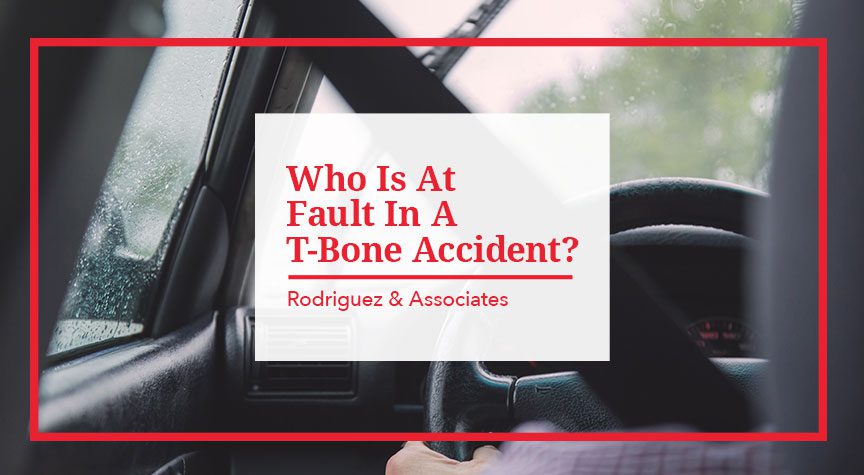According to the National Transportation Highway Safety Administration, 8,000 people are killed in T-bone collisions annually. Even today, few cars are equipped with side-impact airbags and many drivers and passengers involved in a side-impact collision suffer severe injuries. Determining who is at fault in these T-bone accidents is key to determining who deserves compensation and speaking with a Bakersfield auto accident lawyer can help ease that process.
Causes of T-Bone Accidents
There are a number of common reasons T-bone accidents occur, but all of them have negligence at the root.
Here are the most common causes of side impact accidents:
- A driver may fail to yield the right-of-way at an intersection.
- One or more vehicles speeding through an intersection.
- A driver failing to stop at a red light or stop sign.
- Distractions from mobile devices or things inside the vehicle.
- Driving under the influence of drugs or alcohol.
- Failure to properly maintain the vehicle.
- Driver making a left-hand turn in front of another vehicle.
A common thread of these causes is a failure to exercise proper precautions and recognize the legal right-of-way on the part of one or more drivers.
Establishing Who Is at Fault
Proving fault in a side-impact collision can be complex and requires careful collection of evidence. Eyewitness accounts must be sought out and statements collected. The police report issued at the scene of the accident will usually play a large role in establishing the facts of the case and pointing toward who was at fault in the accident. Photographs of the location, especially taken right after the accident may be very useful in providing a clear picture of what took place. Expert testimony and forensic evidence may also be needed to establish fault in some cases. It is necessary to show that one party failed to act as a reasonable person would under the circumstances.
What If I Contributed to the Accident?
Often it is the case that both drivers were partly responsible for the accident. For example, if another driver ran a red light, but you were speeding through the intersection, both parties may share some of the responsibility for having caused the accident.
California is a pure comparative fault state. This means that in the event of an accident, the fault may be assigned entirely to one party, or shared among all the drivers involved in an accident. An insurance company, or a judge or jury if necessary, may find both parties partly responsible. In the example above, it may be found that the driver running a red light is 75% responsible for the accident and the driver speeding is 25% responsible. If your total damages were $100,000, the compensation would be reduced by the amount of your portion of the fault, in this case $25,000.
While being found partly responsible for the accident will reduce your damages, it does not preclude you from seeking compensation. Determining who is at fault in a side impact crash in California is about determining the relative contributions each driver made to the accident. In many cases, it may be determined that the other driver is found to be completely at fault and you will receive 100% of the compensation for your injuries.
If you’ve been injured in a T-bone accident in California, retaining the services of a Bakersfield injury attorney experienced in car accidents can greatly increase your chances of getting the compensation you deserve.
